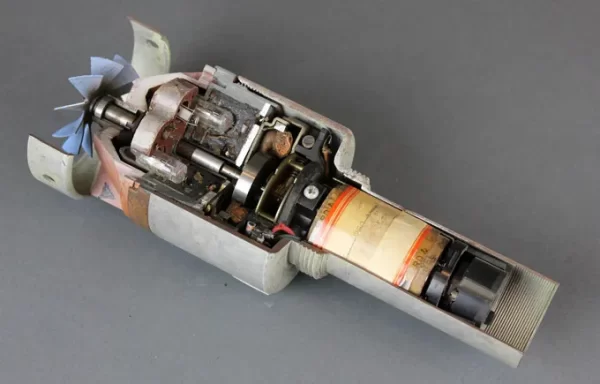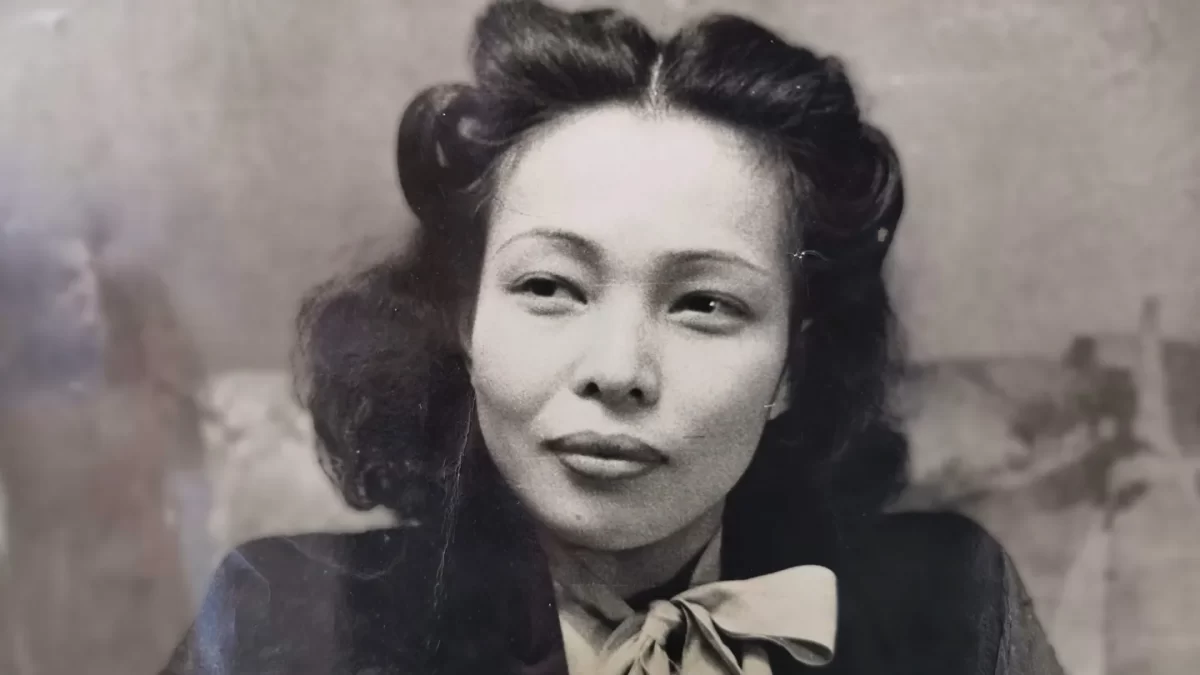After almost 80 years since World War II, Emma Rotor, a Filipina math teacher, is finally getting recognition for her contributions to crucial weapons tech during the war and her precedent-setting actions for women and racial minorities.
Rotor was originally from the Philippines. Emma Rotor and her husband, Arturo Rotor, moved to the United States in October of 1941 to pursue an education. Emma in physics and Arturo in medical school to become a doctor.

Although, when America entered World War II in December of 1941, the couple’s ambitions of finishing an education in America were hindered. Arturo joined the Philippine government in exile and Emma had no chance to complete her education.
Despite these obstacles, Emma didn’t give up. She was given a job in the Ordnance Development Division of the National Bureau of Standards, now known as the National Institute of Standards and Technology (NIST) after working in Baltimore’s Enoch Pratt Free Library as a stenographer.
Filipina math teacher Mary Ann Datoc stated, “[The job] was more of a good thing and an opportunity. […] Whenever there is an opportunity for someone that is very talented in something, they will pursue that over an education.”
They employed Rotor to develop and test various equipment for the ongoing war. She was the only woman in a workplace dominated by men.
Her most notable work was being a co-author on articles which helped other scientists develop the proximity fuse, a fuse which detonated when it was in the proximity of an enemy aircraft. She also helped develop strategies for bomb, rocket and torpedo tossing.
AP Economics student Adrieanna Diokno ’24 remarked, “Rotor demonstrates that success in science and technology is not limited to any particular race or gender. […] She shows that women can make significant contributions to cutting-edge technologies.”
It’s about time that Emma Rotor’s perseverance and dedication to her work is being highlighted. Although she hasn’t been recognized for her contributions to World War II until recently, and still not to a great extent, it’s certainly never too late.
AP Calculus BC student Heather Nguyen ’24 said, “Over and over again, women’s contributions, especially women of color, are often left unrecognized, unpublished, or overlooked. Rotor’s contributions not only impacted the way war was fought, but also forged a path for future women of color in STEM to step up and have their voices heard.”
She is a figure for both racial minorities and women in STEM. She not only participated in scientific developments and research, but made breakthroughs and was a possible reason for the Allied Powers’ victory in the war.
She paved the way and set the precedent for women in STEM and the workplace and it’s important that she is recognized for her work today.

The inner workings of the Proximity Fuse Rotor that Emma Rotor made contributions to. The fuse denoted when it came within a certain distance with an aircraft.
Diokno stated, “As a Filipina that is highly interested in STEM, Rotor’s story has given me the push to work towards my goals. I will strive to make my own mark in science history just as Rotor did.”
Nguyen remarked, “Rotor provides hope and inspiration to young women hoping to pursue an education or career in STEM, showing them their dreams are possible.”
Datoc added, “I feel inspired, empowered that there’s a Filipina math teacher who made a huge impact in World War II. It’s just nice to know that my culture is there as well as being a female.”













